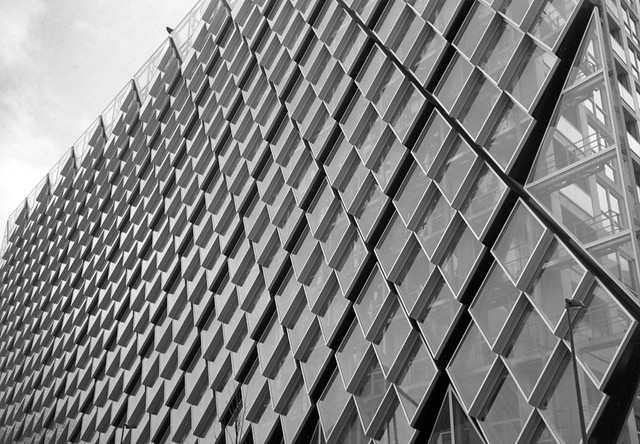Fotohuis
Well-known
FP200 is a mix between standard cubical crystals and hexagonal crystals. It is not a real modern technology film.I would recommend Xtol/Fomadon Excel W27.
So what dilution/time would you recommend for TMax-400 in HC-110 ?



TMY-2 HC-110 (B). Zorki-6 + Jupiter-12 F/2,8-35mm. Eindhoven P.S.V. Philips stadion. 6:00 minutes at 20C. A pretty straight (linear) developing curve almost iso 400.

Assuming, (B) is half the time of (H) which I have found, you get exactly the same time as I do.
I think a bad combination. I can not recommend it!
I've shot TMY-2 at box speed with Rodinal. Didn't notice any real problem. That could be dependent on my metering technique - it's been several years.Acceptable but at lower ISO rate is TMY-2 and Acros 100 in R09/Rodinal. For Acros 100 expose on ISO 64. I am using it in a 1+50 dilution. For TMY-2 I am not using it because I want to make profit in 35mm of the full ISO 400 speed for this Kodak film.
When people say such and such film is not good with such and such developer, do they mean the negs do not print well (contrast, grain) with a certain type of enlarger or are we talking about scanning?

